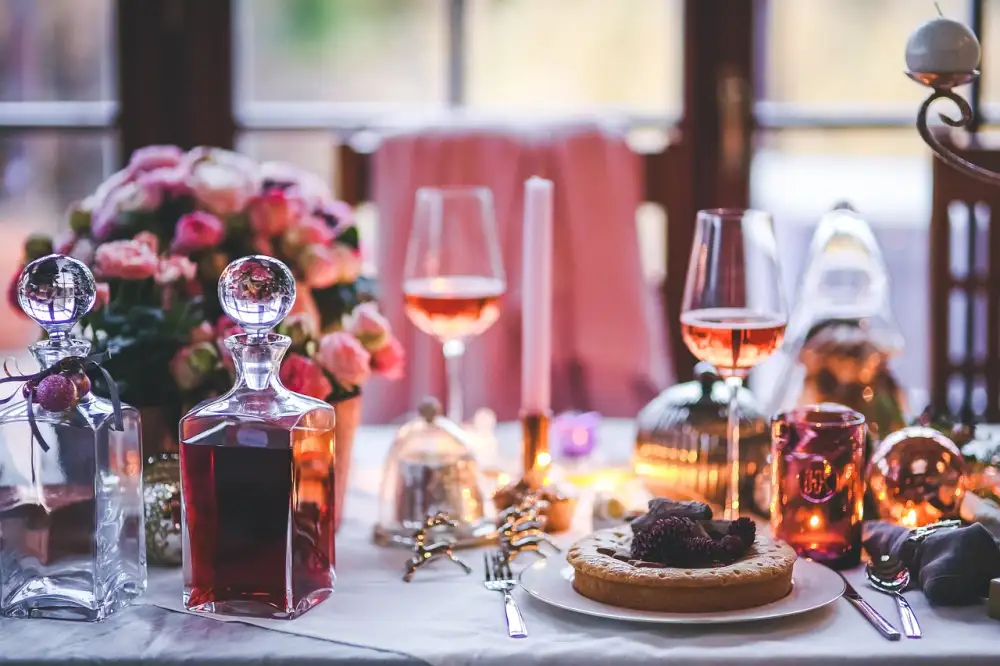Fit for Royalty: Exploring Coronation Food Traditions Around the World

Coronation food holds a special place in culinary history, symbolizing grandeur, tradition, and celebration. Dating back centuries, coronation feasts have been elaborate affairs showcasing the finest ingredients and culinary skills of the time. These sumptuous meals were not only meant to nourish but also to impress and honor the newly crowned monarch. From exotic delicacies to traditional favorites, coronation food reflects the cultural heritage and gastronomic prowess of the hosting nation. Join us on a journey to explore the rich tapestry of flavors that grace royal tables during these momentous occasions.
Historical Significance of Coronation Feasts
The historical significance of coronation feasts dates back centuries, symbolizing the grandeur and power of monarchs. These lavish banquets were not only a display of wealth and extravagance but also served as a means to showcase the culinary prowess of the kingdom. The feasts were often attended by nobles, dignitaries, and foreign ambassadors, reinforcing alliances and demonstrating the host's ability to provide for guests on a grand scale. The elaborate menus and exotic ingredients used during coronation feasts were a reflection of the monarch's status and influence, setting the tone for their reign.
Traditional Dishes Served at Coronations
Coronations have long been celebrated with lavish feasts featuring traditional dishes that hold special significance. In the United Kingdom, coronation banquets often include dishes like coronation chicken, a curry-flavored chicken dish created for Queen Elizabeth II's coronation in 1953. Another iconic dish is the coronation pudding, a rich dessert made with dried fruits and spices.
In France, during the coronation of Napoleon Bonaparte in 1804, guests were served a sumptuous feast that included dishes like consommé royale (a clarified soup), filet de bœuf à la Chateaubriand (Chateaubriand beef fillet), and pâté en croûte (pâté baked in pastry). These dishes reflected the opulence and culinary expertise of French cuisine.
In India, traditional dishes served at coronations may include biryani, a fragrant rice dish cooked with meat or vegetables and aromatic spices. The Mughal emperors were known for their elaborate feasts featuring kebabs, kormas, and rich desserts like shahi tukda (bread pudding) and phirni (rice pudding).
Across cultures, traditional dishes served at coronations showcase the culinary heritage and cultural identity of the reigning monarch or ruling dynasty. These dishes are prepared with care and attention to detail, symbolizing abundance, prosperity, and royal splendor on such momentous occasions.
Evolution of Coronation Menus Over Time
Throughout history, coronation menus have evolved reflecting changing tastes and culinary trends. In the past, elaborate feasts featuring exotic ingredients were common to showcase wealth and power. Over time, there has been a shift towards more modern and diverse menus that incorporate a wider range of flavors and ingredients. The evolution of coronation menus mirrors the changing cultural landscape and global influences on food preferences. From traditional dishes to innovative creations, coronation cuisine continues to adapt to contemporary palates while still honoring age-old traditions.
Modern Interpretations of Coronation Cuisine
In modern times, chefs and food enthusiasts have taken inspiration from traditional coronation cuisine to create innovative interpretations that blend historical flavors with contemporary techniques. These modern twists on classic dishes often incorporate local and seasonal ingredients, as well as fusion elements from various culinary traditions. Chefs experiment with presentation styles, flavor combinations, and cooking methods to offer a fresh take on coronation fare while still paying homage to the rich heritage of royal dining. This creative approach has led to a resurgence of interest in coronation cuisine among food lovers worldwide.
Tips for Recreating Coronation-Inspired Dishes at Home
1. Research Traditional Recipes: Look into historical cookbooks or reputable sources to find authentic recipes for dishes served at coronations.
2. Use High-Quality Ingredients: To capture the regal essence of coronation cuisine, opt for fresh, premium ingredients that enhance the flavors of the dish.
3. Pay Attention to Presentation: Coronation feasts are known for their elaborate presentation. Consider garnishing your dishes with edible flowers or intricate designs to elevate the visual appeal.
4. Incorporate Symbolic Elements: Many traditional coronation dishes have symbolic meanings. Incorporate elements like royal colors or specific ingredients that hold significance in the culture of the country you are drawing inspiration from.
5. Experiment with Fusion Flavors: While staying true to traditional recipes, don't be afraid to experiment with modern twists or fusion flavors to add a contemporary touch to your coronation-inspired dishes.
By following these tips, you can recreate the grandeur and rich culinary heritage of coronation food traditions in your own kitchen, allowing you to experience a taste of royalty right at home.
In conclusion, the culinary traditions surrounding coronations offer a fascinating glimpse into the history and culture of different nations. From the opulent feasts of medieval Europe to the fusion of global flavors in modern interpretations, coronation cuisine continues to captivate food enthusiasts worldwide. By exploring and recreating these regal dishes at home, we not only honor centuries-old traditions but also celebrate the rich tapestry of flavors that have graced royal tables throughout history. So why not embark on your own culinary journey fit for royalty by indulging in the exquisite tastes of coronation food?
Published: 12. 03. 2024
Category: Home



